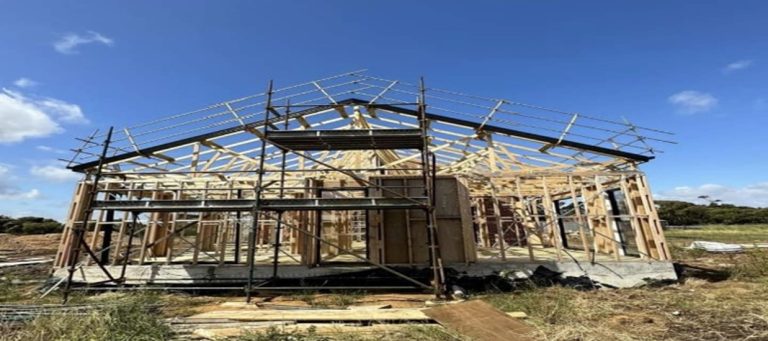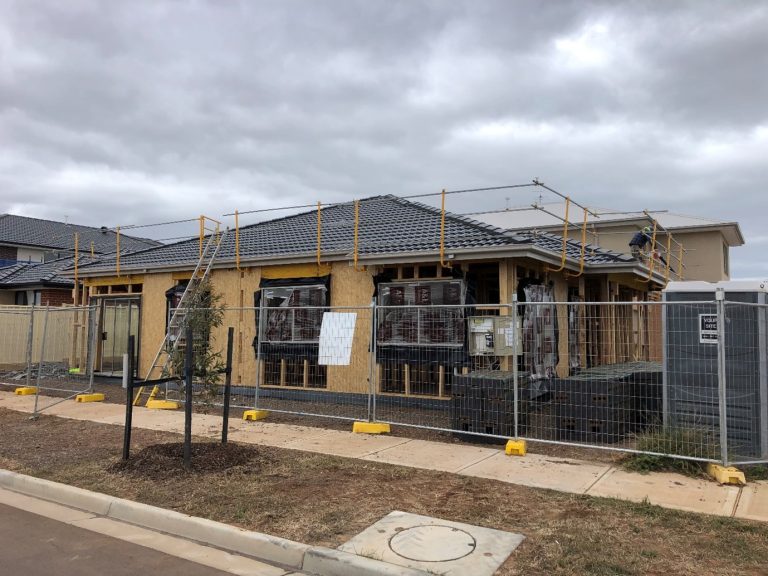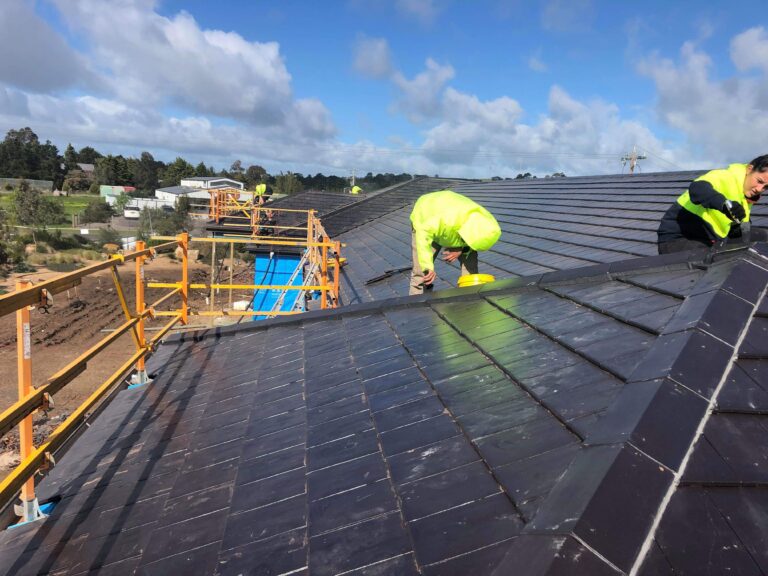Safety Rail install
Safety rails on a roof serve as vital protective measures, ensuring the safety of workers or individuals who need to access the roof for various purposes. These rails are installed along the roof’s edges, providing a secure barrier that prevents accidental falls and potential injuries. By creating a designated walkway or work area, safety rails help guide personnel during maintenance, repairs, or installations, reducing the risk of slips or trips. They also act as a visual reminder of potential hazards and serve as a psychological reassurance, increasing confidence and focus while working at heights. Safety rails on roofs play a crucial role in promoting a safe working environment, complying with regulations, and mitigating the inherent dangers associated with rooftop activities, ultimately safeguarding lives and minimizing accidents.






